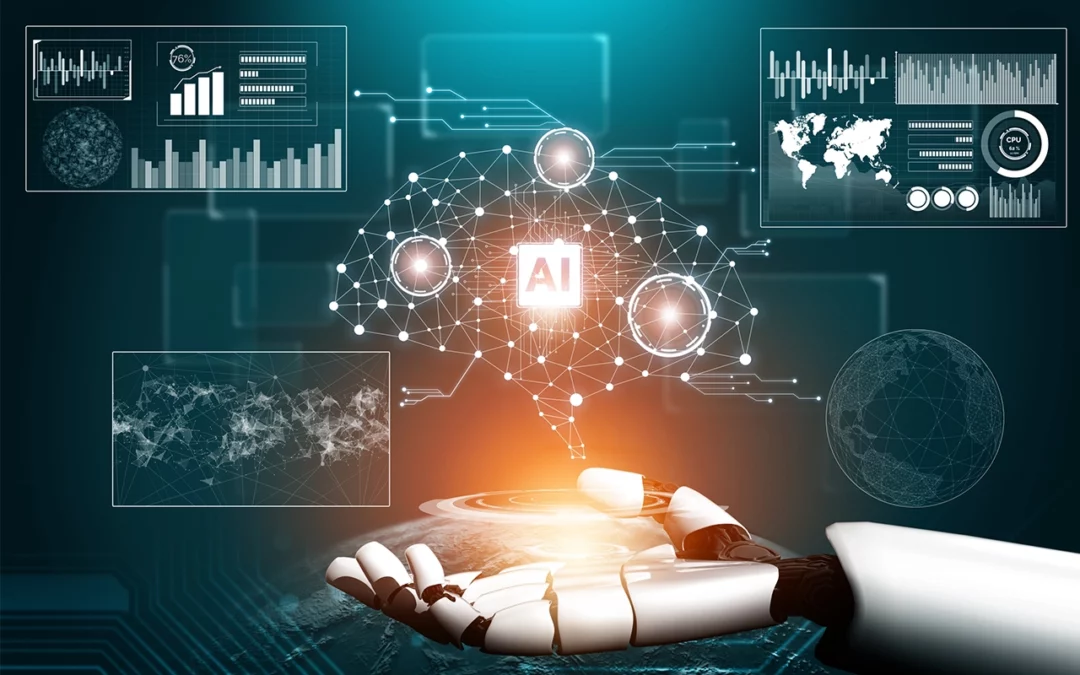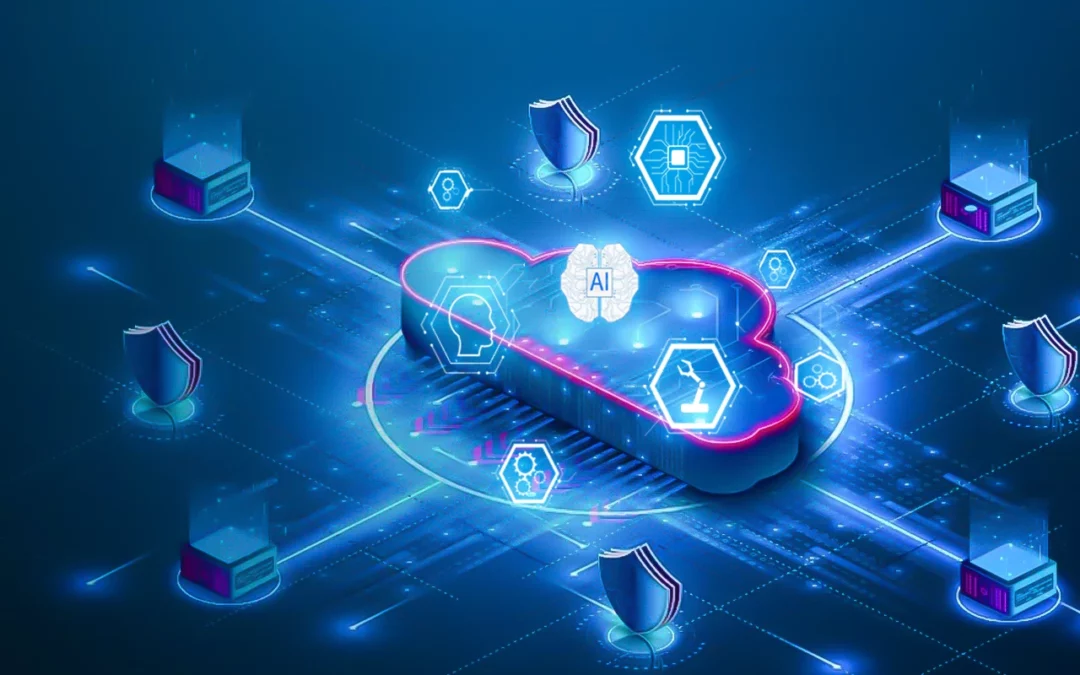The digital age is an era of data. Every click, purchase, and interaction generates a massive pool of information. Based on a study by International Data Corporation (IDC), the Global DataSphere will hit 175 zettabytes by 2025. It has been growing at an unprecedented speed from 33 zettabytes in 2018 and 64.2 zettabytes in 2020. Furthermore, the study also predicts that about 30% of the Global DataSphere will be real-time by 2025 due to the infusion of data into business workflows and personal streams of life. Data is key to unlocking customer preferences, operational efficiencies, and innovative new products and services.
In today’s digital economy, data alone isn’t enough. What do you make of these massive volumes of data? You need the tools to extract meaningful insights and make informed decisions fast. That’s where artificial intelligence (AI) enters the scene, turning raw data into actionable strategies that can accelerate business growth.
Meeting rising expectation in a global marketplace
Customers today expect hyper-personalized experiences, instant responses, and seamless interactions at every touchpoint, expecting you to know what they want – how they want it. You will risk falling behind if your business can’t keep up with these demands. The competition is going global, and it’s accelerating.
Your business may already be sitting on a goldmine of data, and the challenge is extracting value from it quickly and efficiently. AI-powered business intelligence tools provide the means to automate this process, transforming data analytics from a tedious task into a real-time competitive advantage.
How AI supercharges your data and fuels business growth
- Automated data collection and processing
AI-powered tools can gather data from a wide range of sources – from social media to sensors on the factory floor – and process it in real-time. This eliminates manual bottlenecks and ensures you always have updated information to drive your digital transformation strategy. - Advanced data analytics
AI algorithms can sift through massive datasets, identifying patterns, trends, and correlations that would be impossible for humans to detect. This allows you to uncover insights that drive product development, marketing campaigns, and operational improvements. - Predictive modeling
AI models can analyze historical data to predict future outcomes, from customer churn to equipment failures. This gives you context to anticipate challenges and proactively make adjustments. - Optimization
AI algorithms can optimize everything from supply chain logistics to marketing spend, helping you reduce costs and maximize efficiency.
Benefits of a data-driven, AI-powered digital transformation
- Enhanced customer experience
Personalized recommendations, targeted marketing, and proactive customer service create loyal customers. - Instant and long-term cost savings
Improve operational efficiency and save on costs with streamlined processes, reduced waste, and optimized resource allocation. - Data-driven strategies
Real-time insights and predictive modeling enable faster, more accurate decision-making. - Increased agility
Quickly adapting to changing market conditions and customer needs ensures you stay ahead of the curve. - Accelerated innovation
Data-driven insights can fuel the development of new products and services that meet customer needs.
The future of work fueled by AI-powered business growth
Embracing and accelerating digital transformation is no longer a luxury, but a necessity for survival and growth. Harnessing the power of your data supercharged with AI can accelerate your growth, outperform your competitors, and meet the ever-evolving demands of today’s digital landscape.
Learn how Stratpoint can help your business leverage data and AI. Contact us.




